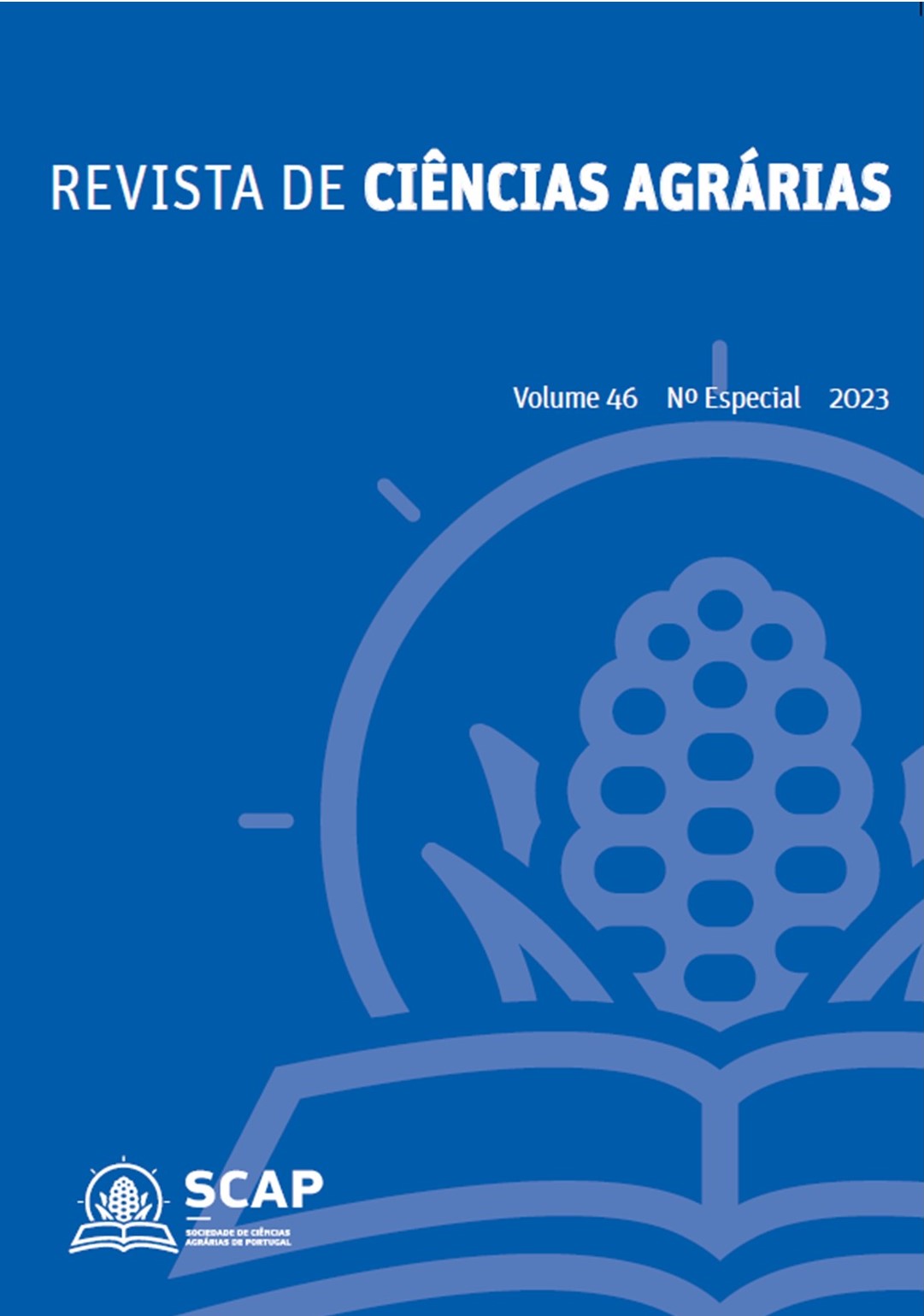Acúmulo de carbono em solos de manguezais reflorestados
DOI:
https://doi.org/10.19084/rca.33911Resumen
A preocupação com o ciclo do C, a emissão de gases do efeito de estufa (GEE) e seus impactos no clima global levaram pesquisadores e agências públicas à busca por políticas que visem a mitigação do aumento da concentração de GEE na atmosfera. Os manguezais representam o ecossistema terrestre que possui maior capacidade de sequestrar C atmosférico em seus reservatórios, principalmente em seus solos. Por outro lado, manguezais apresentam alta taxa de degradação, com aproximadamente 75% de perda das suas áreas originais. Neste sentido, este trabalho objetivou avaliar a capacidade que manguezais em processo de recuperação têm de acumular C em seus solos a partir de um gradiente temporal de reflorestamento. Na Área de Preservação Ambiental de Guapi-mirim (Rio de Janeiro - Brasil), foram identificados cinco bosques de manguezais sob diferentes estádios de replantio (área não vegetada - NV, áreas replantadas em 2011, 2013 e 2015, bem como uma área com vegetação com mais de 30 anos, considerada como estável). Nestes setores foram avaliados parâmetros físico-químicos do solo (Eh, pH), granulometria e C orgânico total. Os resultados indicam mudanças significativas tanto nas propriedades dos solos (pH, Eh) como no conteúdo de C orgânico, com incremento de 7,75 para 17,66% no bosque NV e nos bosques reflorestados, respectivamente.


